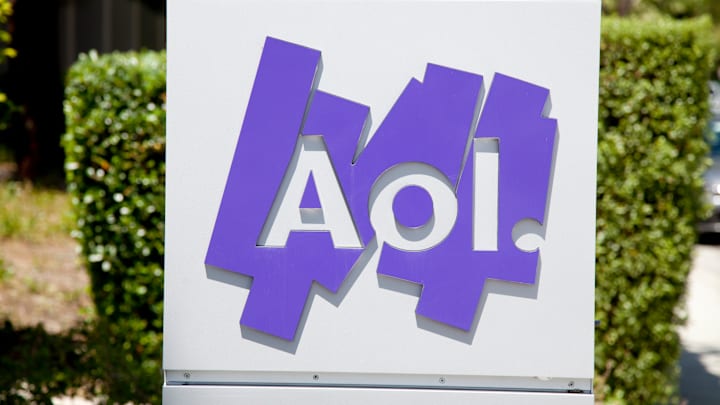For many people who grew up in the 1990s, their childhood was scored by noisy Furbies, NSYNC, and, of course, AOL dial-up. The beeps and buzzes of the online service starting up evoke feelings of nostalgia worldwide. Now, after living far beyond its prime, the internet service is officially coming to an end this year.
The End of an Era

September 30, 2025, will be the day AOL finally hangs up its dial-up service. According to the company’s statement, the associated software—AOL Dialer software and AOL Shield browser, made for older operating systems and dial-up internet connections—will also be discontinued on the date.
Although AOL’s dial-up service started in 1991, it didn’t gain much popularity until the late ’90s. The internet service was a significant part of many households, with early web users needing to plug their bulky computers into a telephone jack to get online. The screeching beeps were a product of modems converting computer data into audio signals over phone lines to establish the internet connection. This made it impossible for one member of a household to use the internet while another talked over a landline phone.
You May Also Like:
- 11 Things We No Longer See in Movie Theaters
- 10 Things We No Longer See at Airports
- 10 Things Disappearing from Elementary Schools
Nonetheless, the service’s sounds became so nostalgic that there are now videos compiling hours of the dial-up noise. AOL dial-up reached its peak in 2000 when it hit 25 million subscribers. Even in 2023, the Census Bureau estimated that about 163,401 homes in the U.S. were still using dial-up long after most others had switched to broadband. That’s about 0.13 percent of all internet subscriptions.
If you need a reminder of what of what the early days of the internet sounded like, listen to the video below.
Read More About the ’90s:
